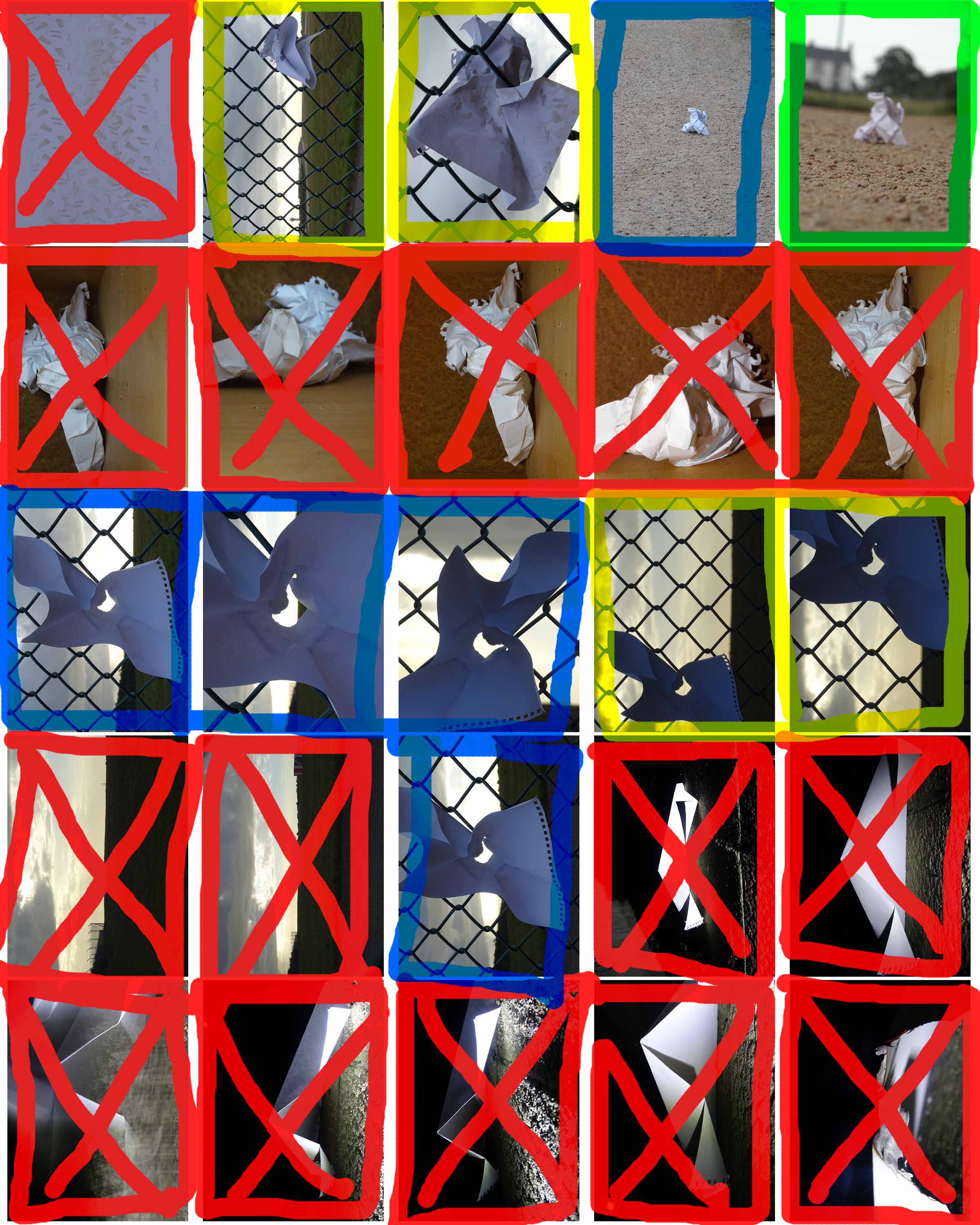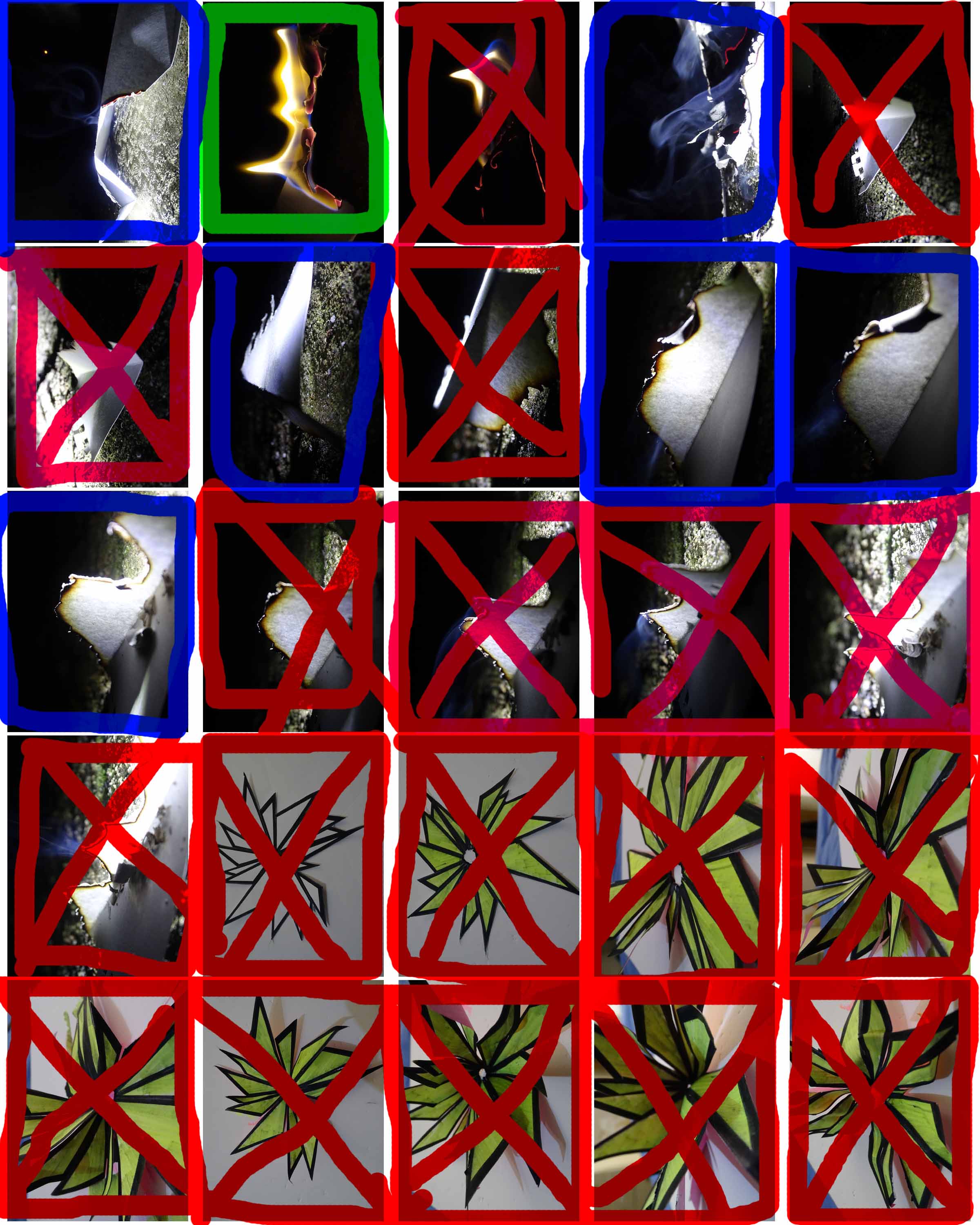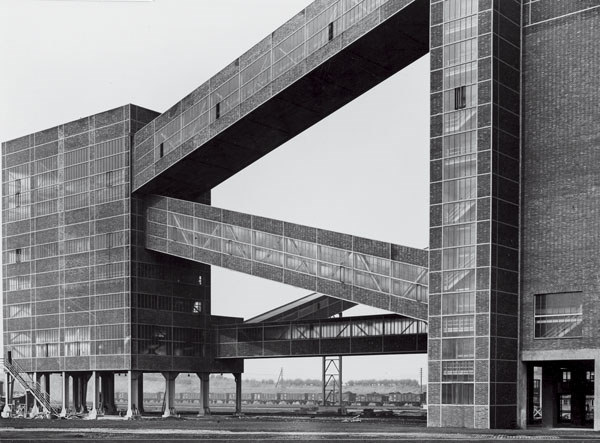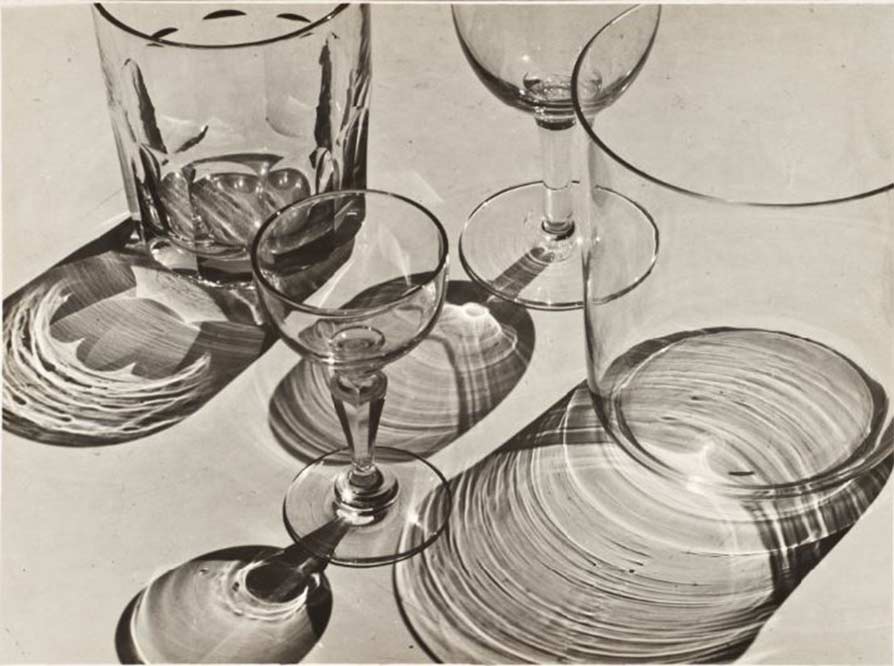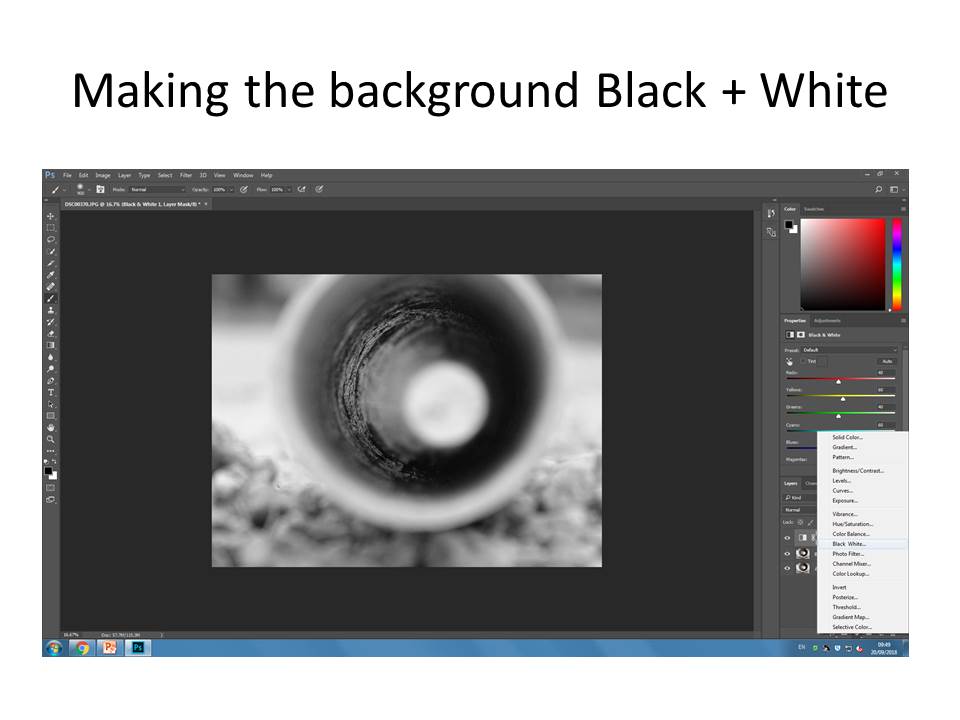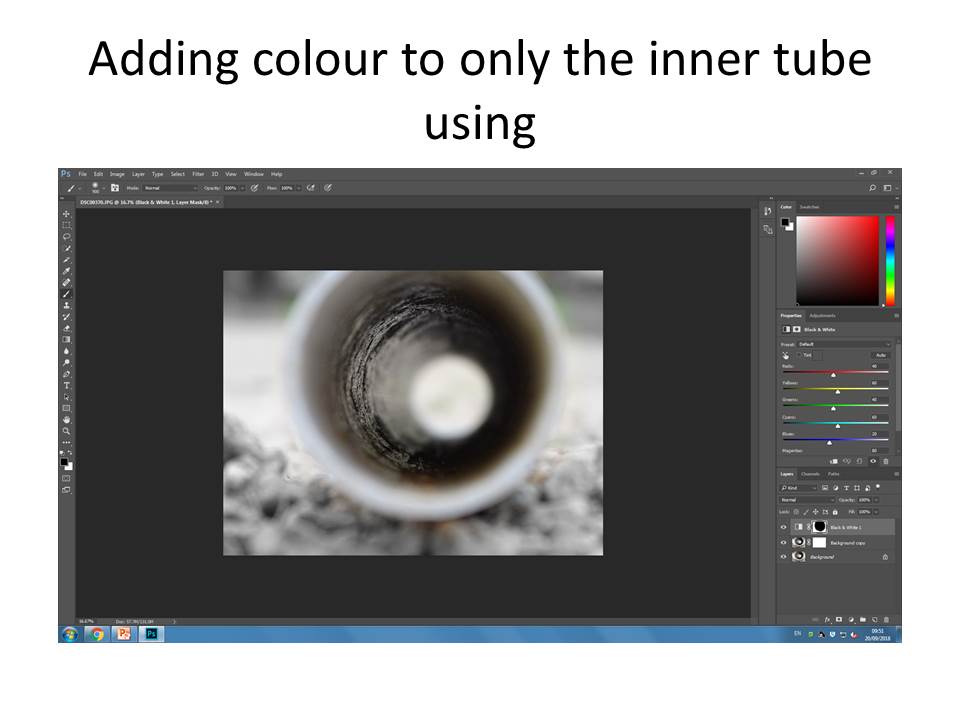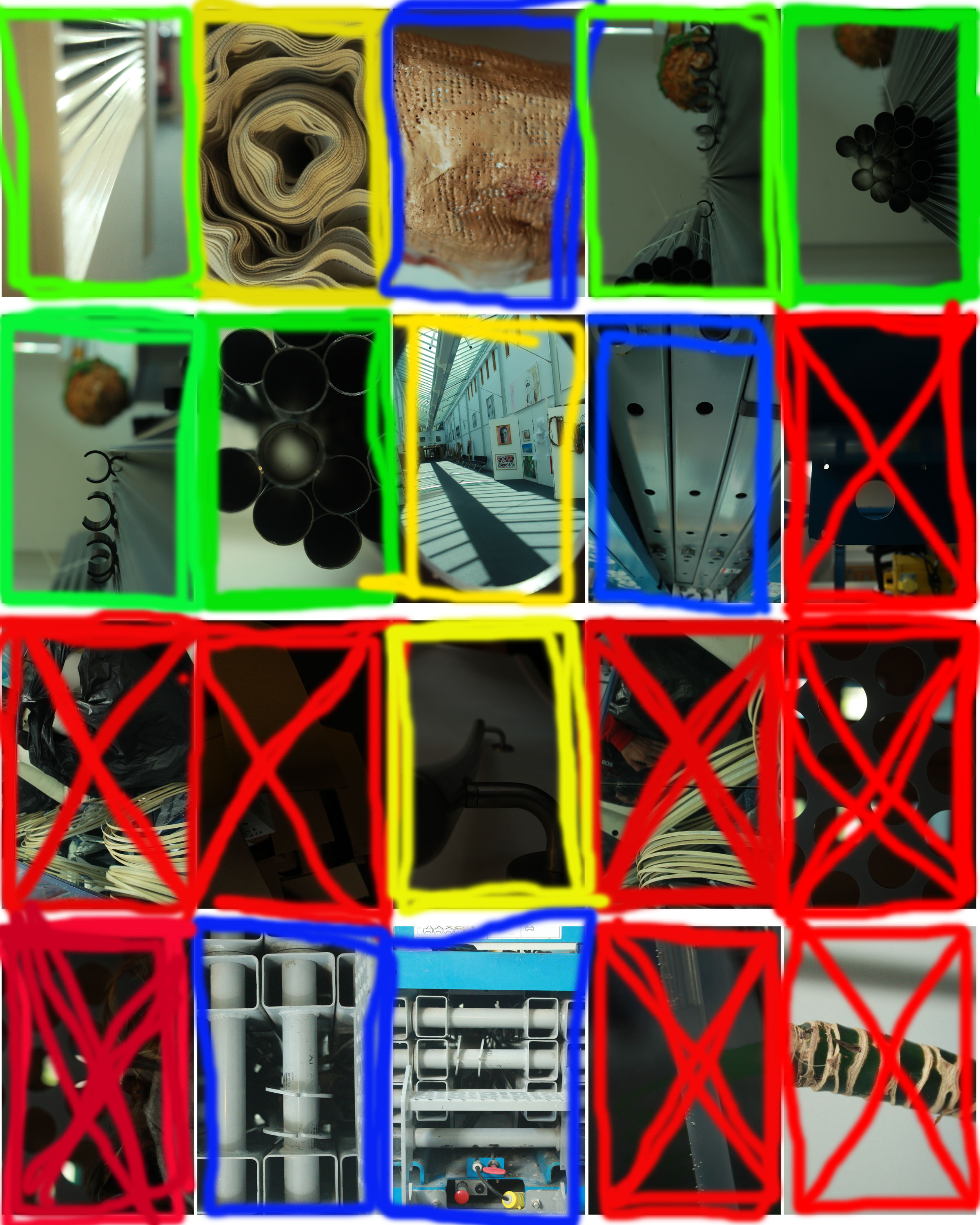In this blog post I am trying to mimic the style of Keld Helmer-Petersen. Helmer-Petersen is most famous for his dramatic use of black and white features, where he explored dramatic contrast of tones.
Keld Helmer-Petersen was a Danish photographer who achieved widespread international recognition in the 1940s and 1950s for his abstract colour photographs. He was born in Denmark on 20th August 1920, and died 6th March 2013
Here is some of his work.
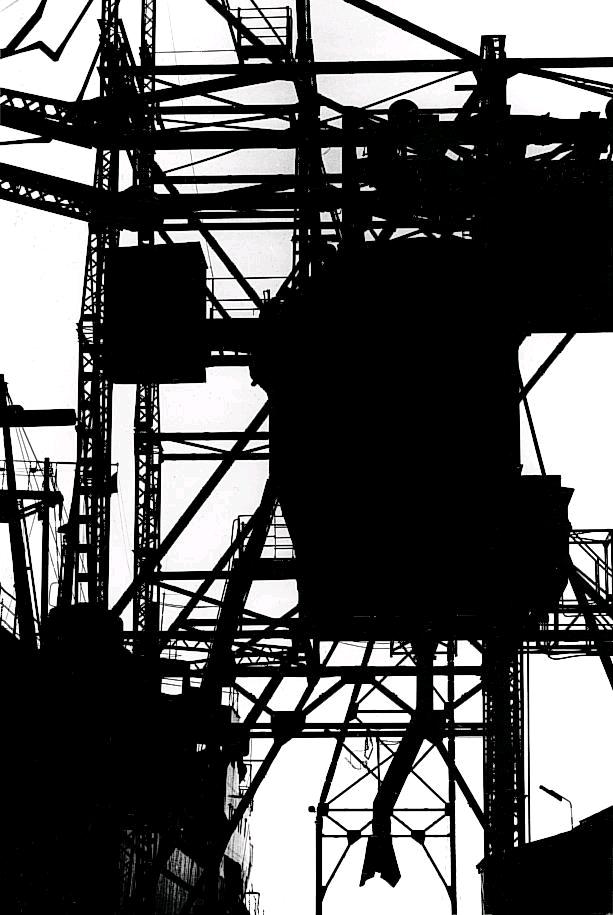
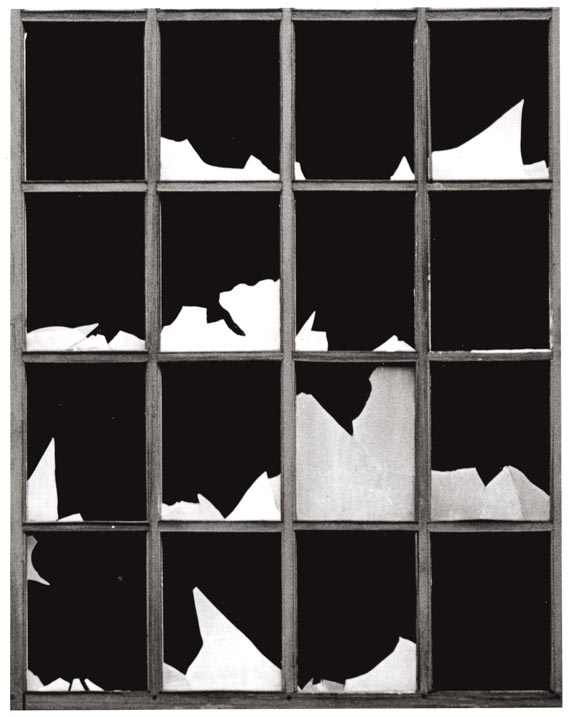 As you can see there is a massive contrast between the extreme white, and dark black within the colours.
As you can see there is a massive contrast between the extreme white, and dark black within the colours.
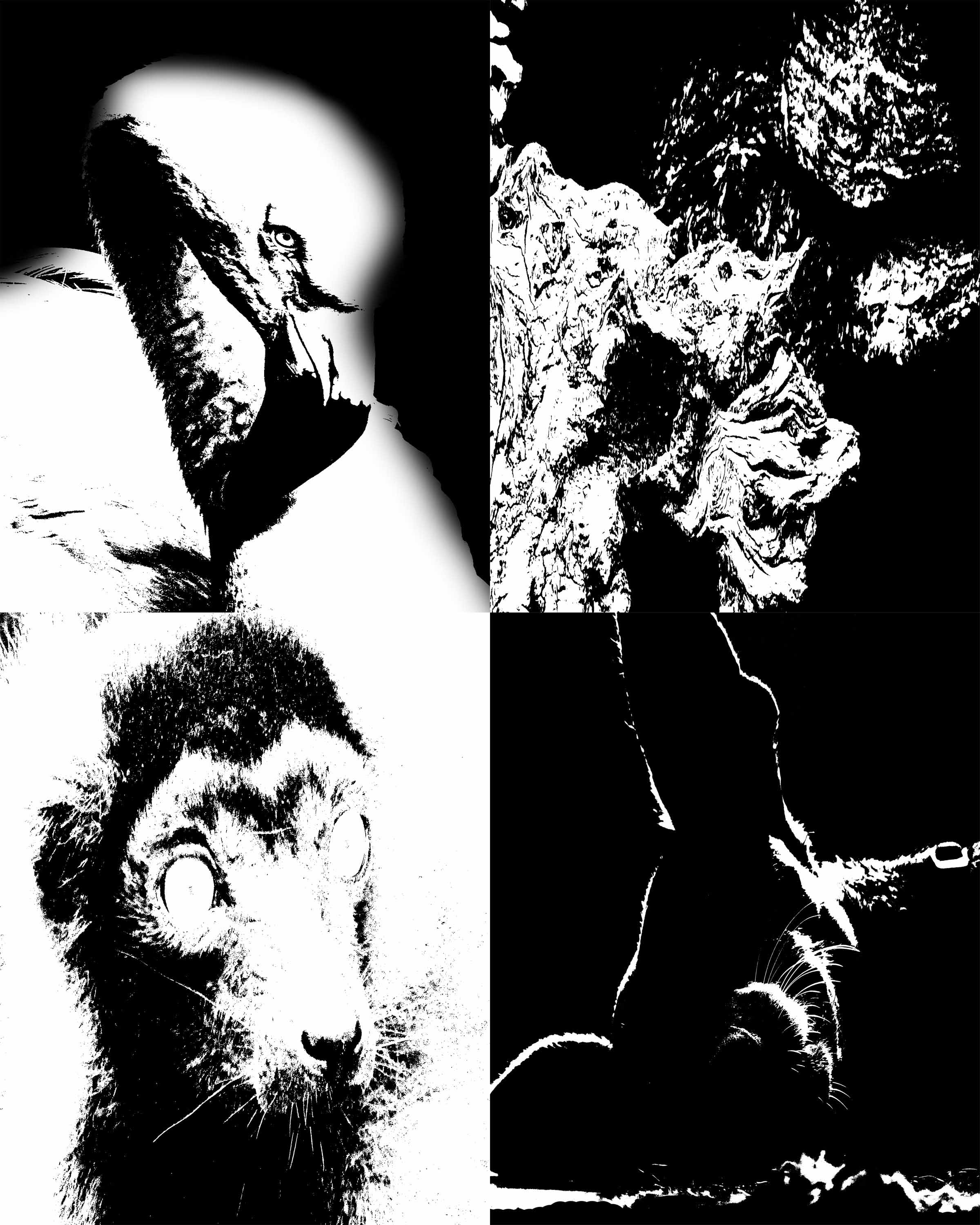
I have tried to recreate his take on photography by using the change on threshold within Photoshop, I feel I did really well with this task, I did two different sheets for this, each with 4 photos. My first attempt was an all natural version, with a Flamingo, some wood, a Lemur and a Whippet. I feel this went really well
My second attempt was more of a man made version, with a Climbing frame for Orangutans, the side of a building, a glass bottle within a wall, and an old hook for a large gate.
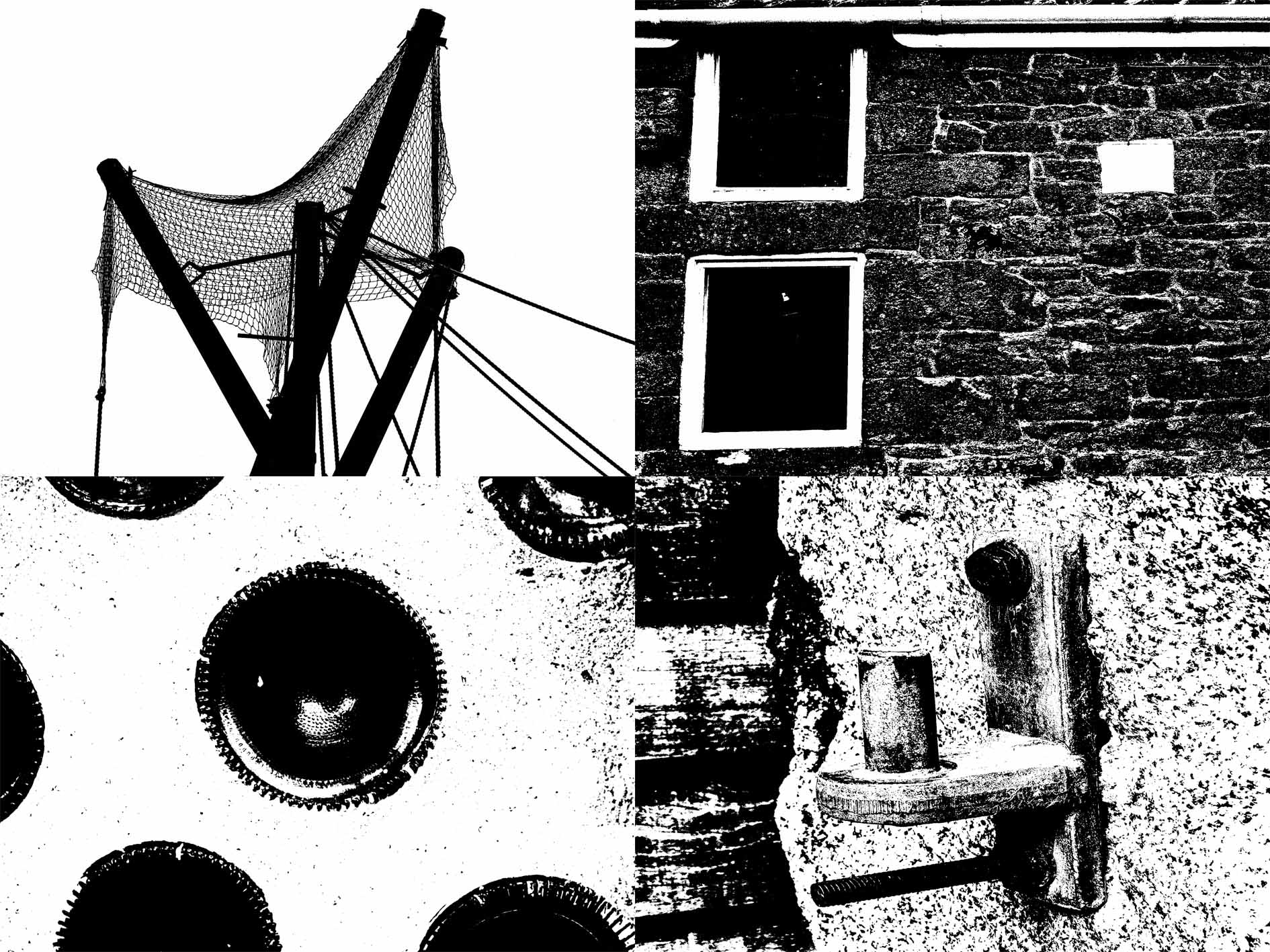
Personally I felt this was even better than my natural one as I found the perfect threshold for the contrasting tone, much like Helmer-Petersen.

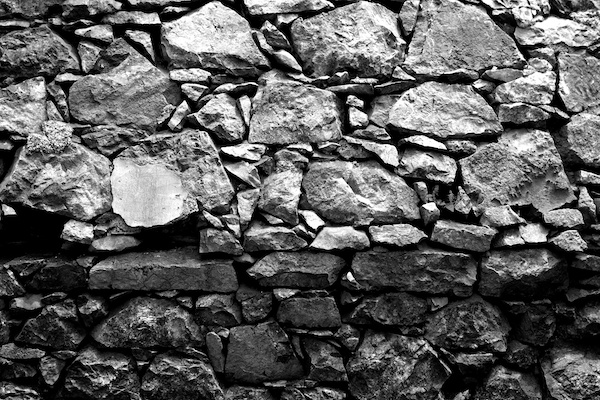
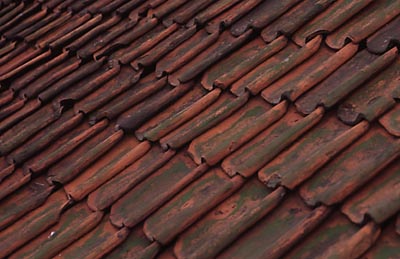

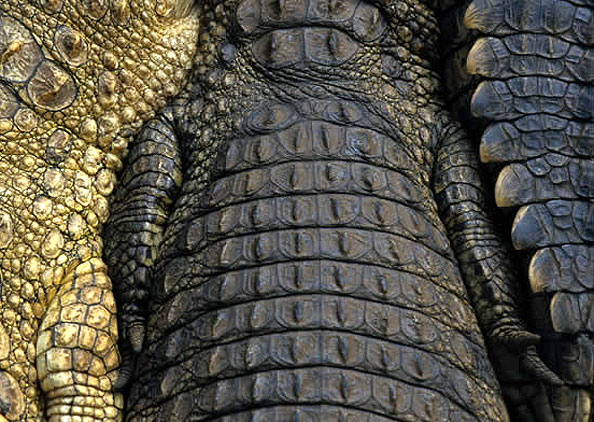

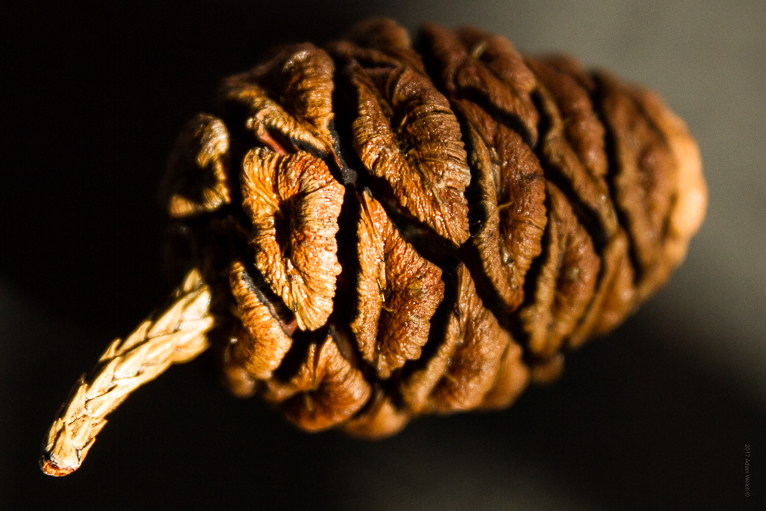


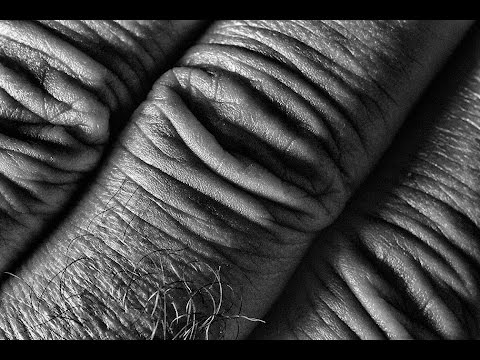
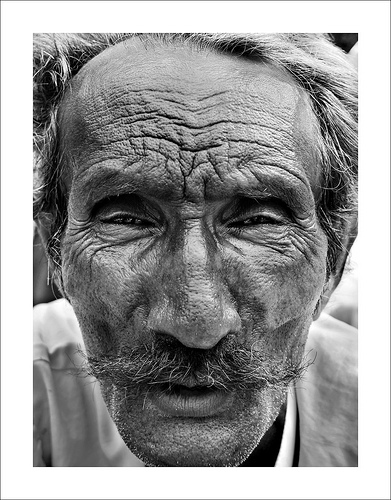
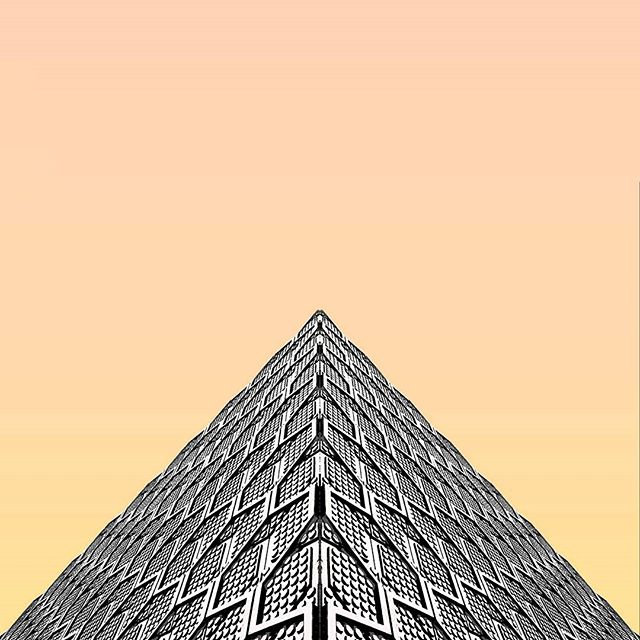
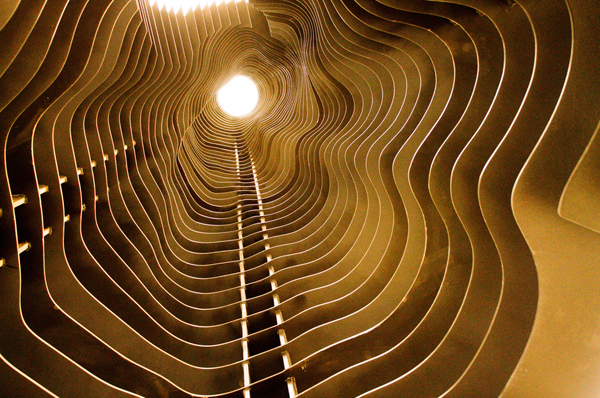




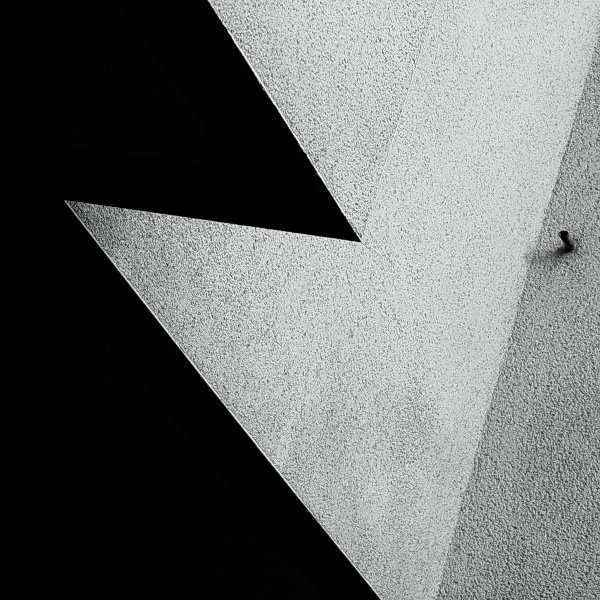
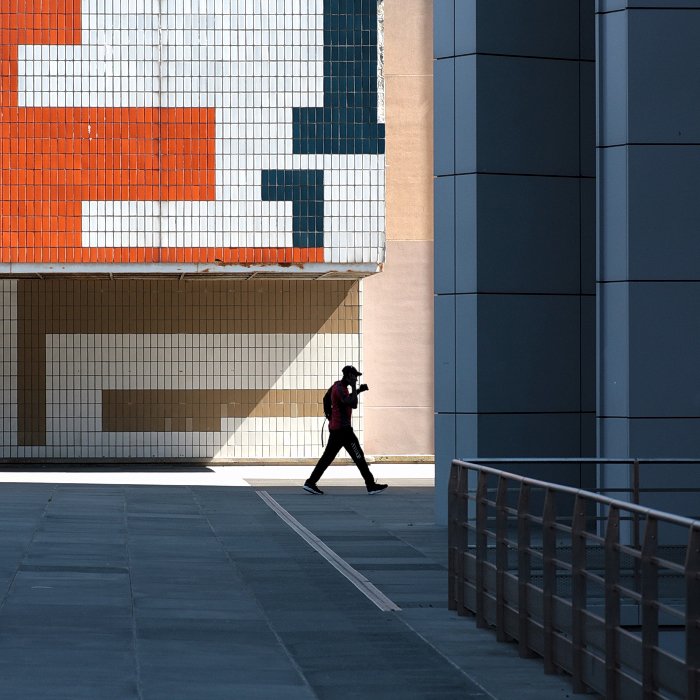



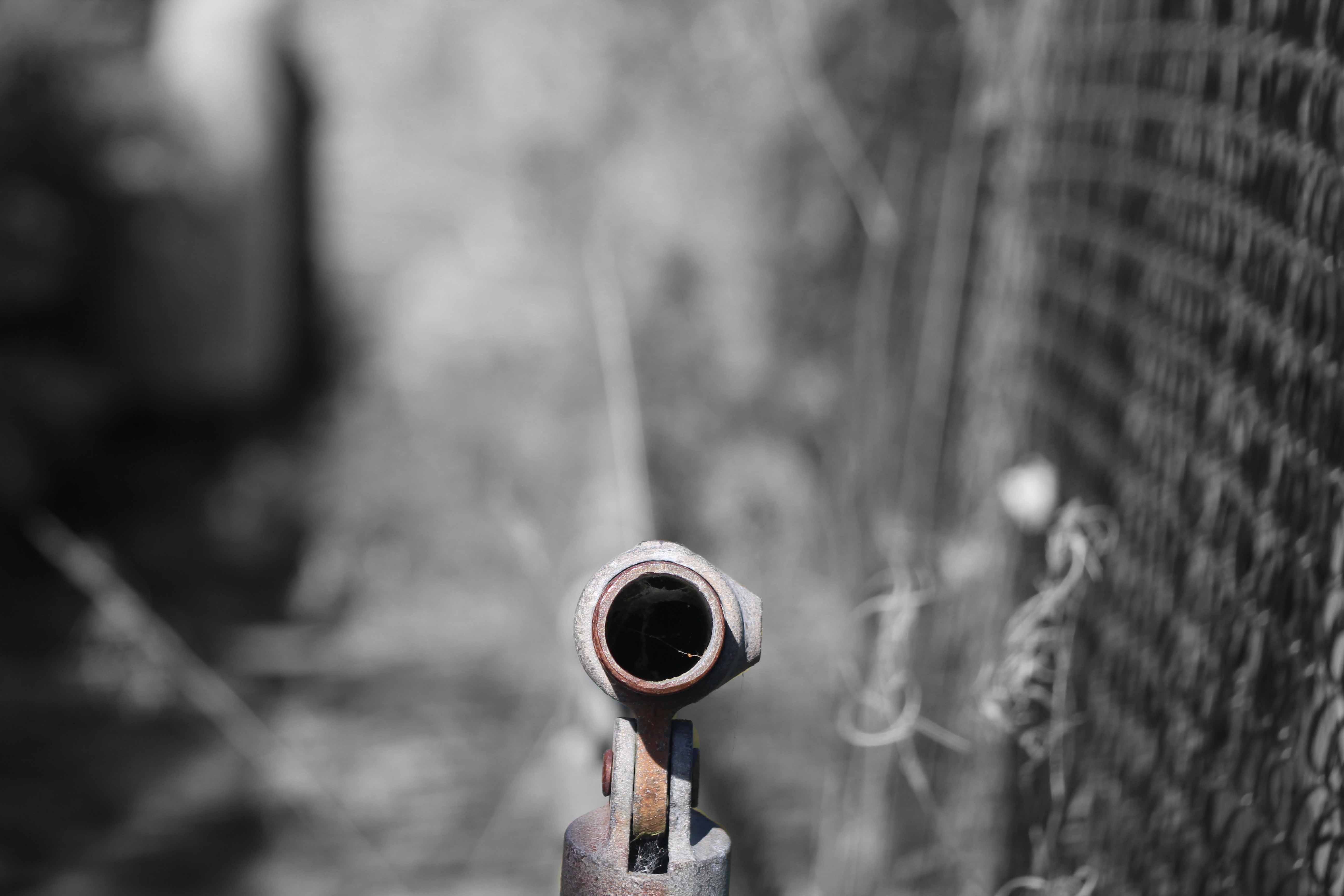

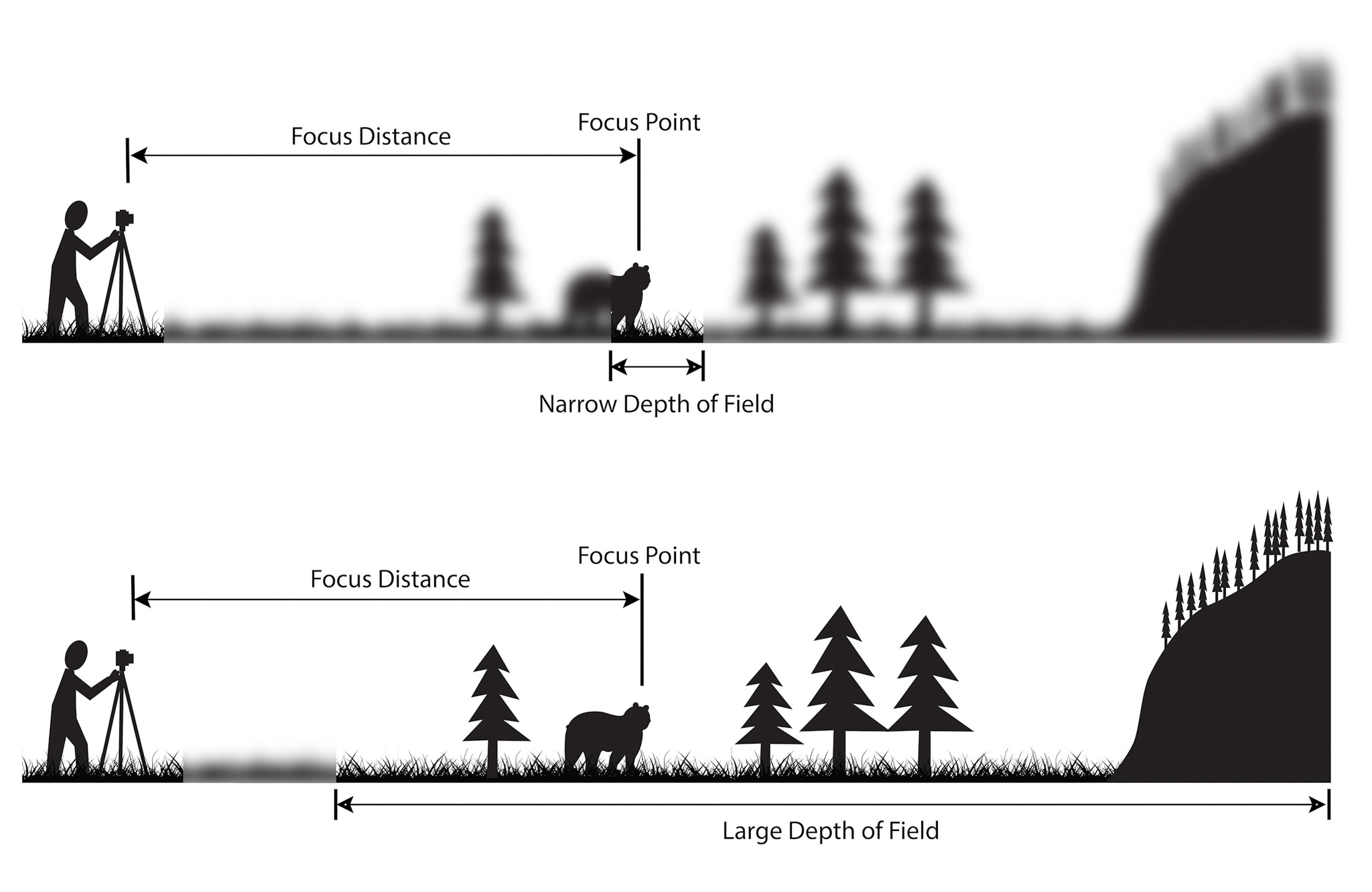 Many photographers have used Depth of field to create a certain type of mood or effect for the photo that they are taking.
Many photographers have used Depth of field to create a certain type of mood or effect for the photo that they are taking.
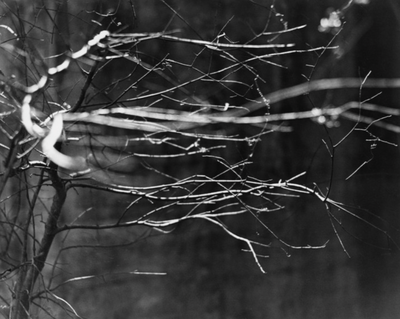 I really like these 2 photos as the dramatic use of the black and white gives the photo a spooky and eerie tone and effect, but also due to the leafless branches and the way that they stand out and creep out of the frame makes it seem alive-like. The use of the black and white effect makes the photograph have a colder atmosphere making it seem like the photo was taken in the middle of winter, giving it a cold and shivery feeling.
I really like these 2 photos as the dramatic use of the black and white gives the photo a spooky and eerie tone and effect, but also due to the leafless branches and the way that they stand out and creep out of the frame makes it seem alive-like. The use of the black and white effect makes the photograph have a colder atmosphere making it seem like the photo was taken in the middle of winter, giving it a cold and shivery feeling. This is my second time using a contact sheet to create ideas for final photographs. I have used the same colours as I did last time to show my final choices and my thought process.
This is my second time using a contact sheet to create ideas for final photographs. I have used the same colours as I did last time to show my final choices and my thought process.